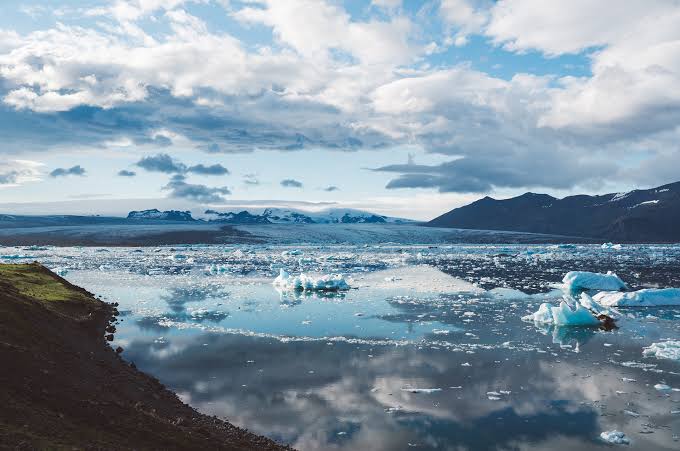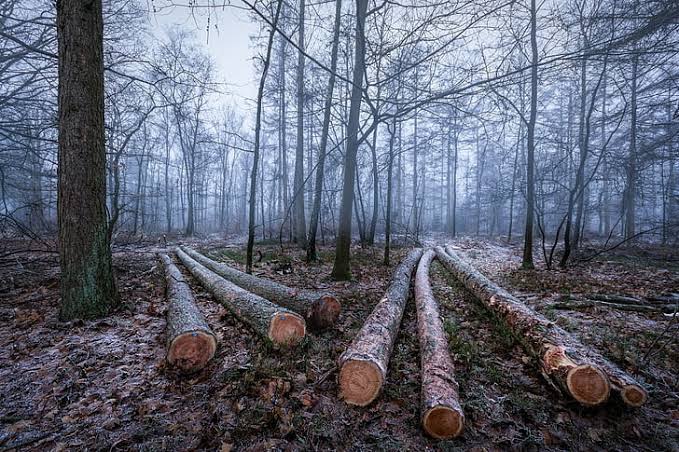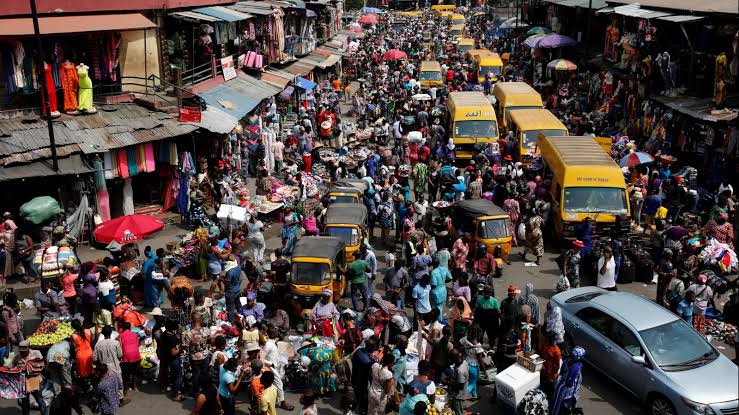Why our climate is changing

What is climate change?
According to National Aeronautics and Space Administration (NASA), climate change is “a broad range of global phenomena created predominantly by burning fossil fuels, which add heat-trapping gases to Earth’s atmosphere. These phenomena include the increased temperature trends described by global warming, but also encompass changes such as sea-level rise; ice mass loss in Greenland, Antarctica, the Arctic and mountain glaciers worldwide; shifts in flower/plant blooming; and extreme weather events
Climate change is primarily caused by the high concentration of greenhouse gases in the atmosphere. This greenhouse effect is actually a natural process by which the atmosphere retains some of the Sun’s heat, allowing the Earth to maintain the necessary conditions to host life. Without the greenhouse effect, the average temperature of the planet would be -18ºC. However, man’s activities has caused a high concentration of these greenhouse gases in the atmosphere, making the earth warmer than it is suppose to be. The increasing temperature is exceeding threshold, hence, global warming. The increasing temperature of the Earth has led to imbalance in the Earth’s natural process as evident in extreme cases such as the rising sea levels, melting glaciers, irregular rainfall pattern, mass extinction, extreme weather conditions.
Read also: EU to fund conservation project in Mauritius
Example of greenhouse gases include; Carbon dioxide, Methane, Nitrogen oxide, HCFCs. This gases are caused mainly by the burning of fossil fuels in electricity generation, transport, heating, industry and construction. Also caused by livestock, agriculture (mainly rice farming), wastewater treatment and landfills among others.
The increase in greenhouse gases is largely a result of man’s activities, causing global warming and the resultant climate change effect we are experiencing today.
Below are the activities of man which are the primary cause of climate change:
Destruction of terrestrial ecosystems and deforestation

Forests play a carbon dioxide sequestration role in the environment. Carbon dioxide is a greenhouse gas and forest help to trap this gas preventing it from concentrating in the atmosphere. However, deforestation is going on at an alarming rate, thanks to man’s lumbering activities and use of fuel wood. Deforestation is one of the most important causes of climate change. The forests and rainforests are disappearing at breakneck speed. In the past 10 years, they have destroyed no less than 13 million hectares.
Destruction of aquatic ecosystems
The oceans act carbon sinks, absorbing up to 50 % of CO2 However, these oceans have a carrying capacity of this CO2 and when they reach their limit, the ocean acidifies and causes death and disease among marine flora and fauna. At this state, an ocean won’t be able to absorb any more CO2.
Increasing population

Human population is growing at an exponential rate. It has been projected that the population will increase by at least another 2 billion in 2050. An increasing population means more pressure on the Earth’s resources, speeding up the increase in greenhouse gas emissions from all production processes.
Conclusion
Scientists have high confidence that global temperatures will continue to rise for decades to come, largely due to greenhouse gases produced by human activities. Hence, there is a need for a concerted effort form all nations and societies to combat climate change for a sustainable future.
